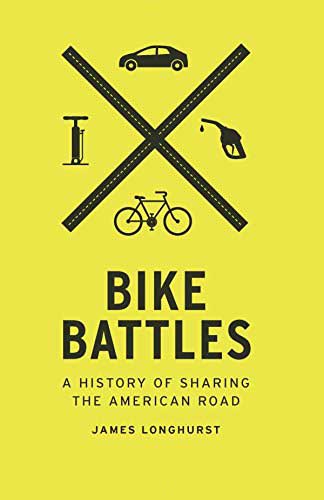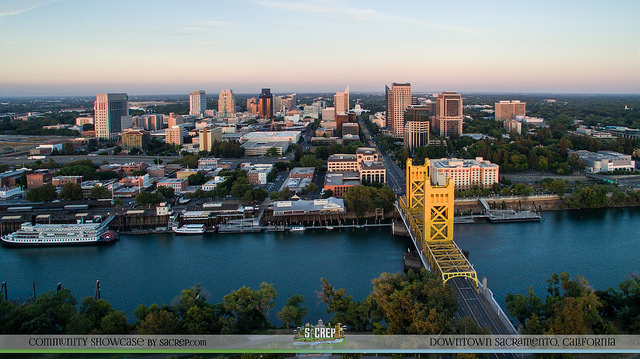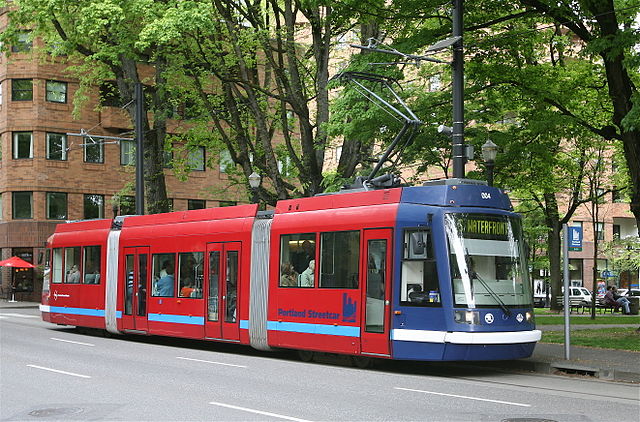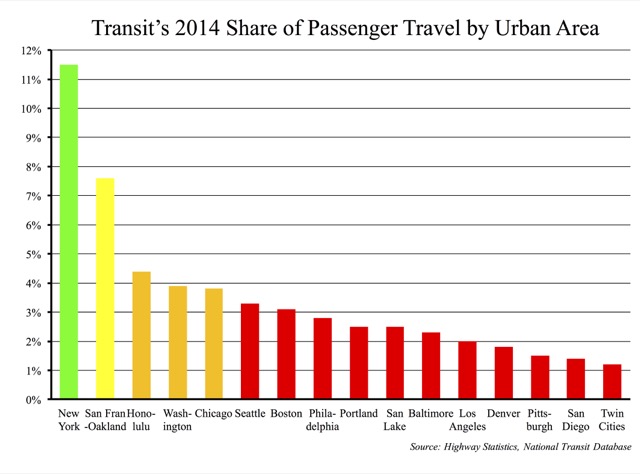University of Wisconsin historian James Longhurst has written a book about the history of conflicts over cyclists’ rights to use the road. As Longhurst points out, cycling has gone through a number of “booms,” starting in the late nineteenth century, then during World War II, later with the growth of environmentalism in the 1970s, and most recently in the last few years. As a cyclist myself, I was familiar with most of this history except for the WWII part, and as near as I can tell Longhurst’s account is accurate.
However, as illustrated in the video below, Longhurst approaches the debate as an environmental issue, which leads him in the wrong direction. Treating cycling as an environmental issue leads to the conclusion that bicycles are morally superior to automobiles because they use less energy and pollute less. That leads to demands that cyclists be allowed special rights, such as the right to unnecessarily block traffic or use the middle of a lane even if it slows auto traffic. Continue reading











